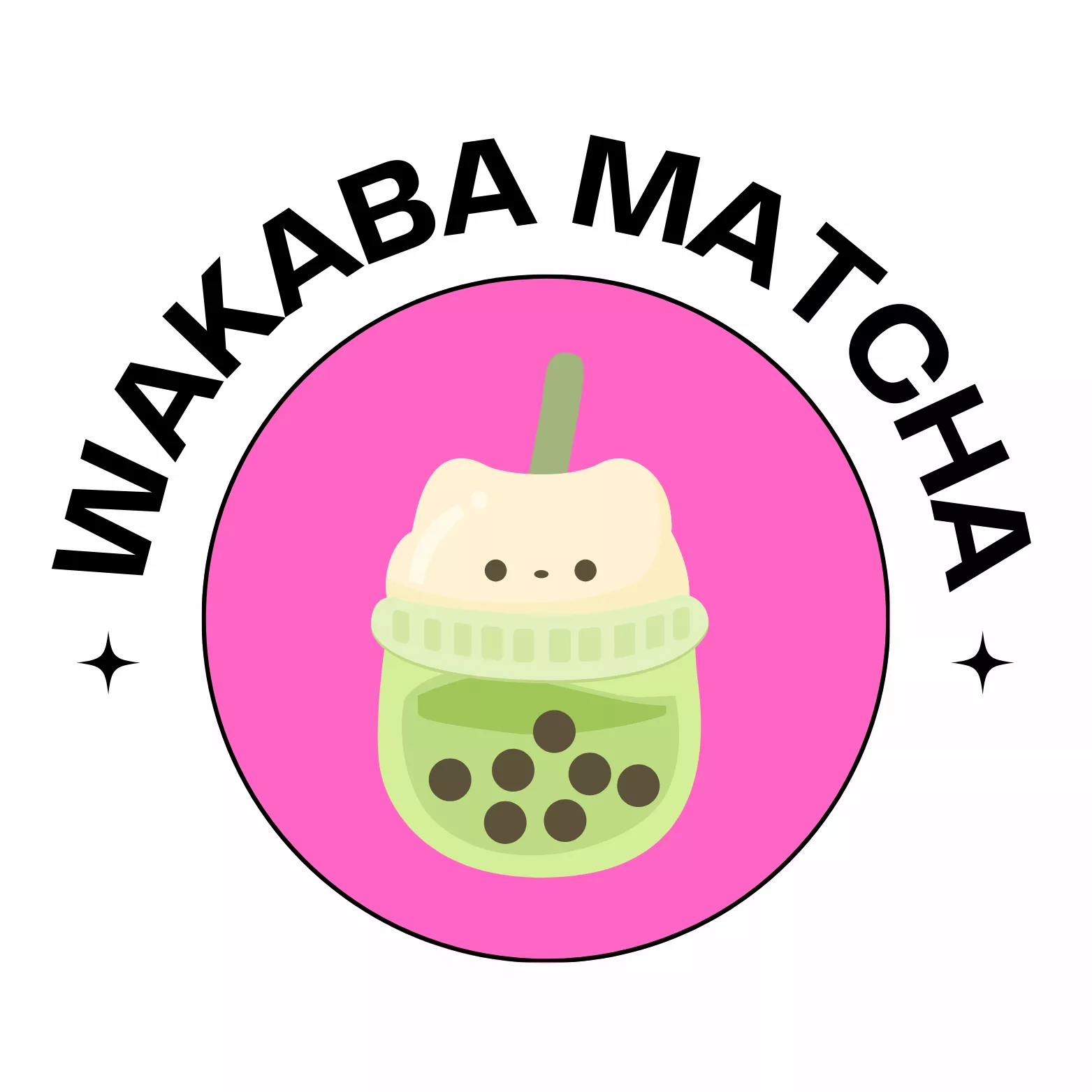
What are matcha cultivars and how does this influence the taste and flavor of matcha? We discuss this in the context of Japanese matcha tea cultivation and production.
What is cultivar?
The word cultivar means ‘cultivated (culti) variety (var), which implies the variety of plant that has been cultivated by selection. The plant variety is selected from a naturally occurring species and then grown and maintained by human cultivation and propagation. The specific variety of plant is usually propagated by cuttings from the original plant to maintain the exact replica and avoid any genetic variations. This is how specific cultivars (variety) of same fruits (e.g. apple, mango) and tea are grown, maintained and harvested.
What are the cultivars of matcha?
In Japan, there are over 200 cultivars of matcha. However, almost 75% of matcha is of the same cultivar (i.e. cultivated variety), which is called Yabukita. Yabukita was the first officially registered cultivar in Japan in 1954. Other notable cultivars are Okumidori, Samidori, Gokou, Hikari and Asahi. These are all matcha cultivars because the method of producing matcha from tea leaves (Tencha) of these plantationsis is the same. Some variations in taste, color and flavor even between the same cultivar of matcha is due to the different climatic conditions of the prefectures where they is grown. (Prefecture refers to province or jurisdiction in Japan. Japan has 47 prefectures governed locally, under the national government). The prefectures are shown in the map of Japan below. The main prefectures producing matcha are Kyoto (Uji city), Aichi (Nishio city), Kagoshima and Shizuoka. [source: Japan External Trade Organisation – Jetro]. Our pure matcha products such as Japanese organic ceremonial matcha and Japanese organic culinary matcha are all Yabukita cultivar and come from harvests of Shizuoka and Kagoshima prefectures, famous for organic matcha production.

What determines the taste, color and flavor of matcha?
There are several factors that determine the taste, color and flavor of matcha. There can be variations even within the same brand and grade of matcha using the same cultivar depending on the prefectures where the harvest is sourced from and the season of the harvest. Let’s look at some of these factors:
Cultivar – As mentioned above, cultivar is the variety of tea plants and that certainly determines the taste, color and flavor of matcha. Some cultivars have a stronger flavour (Yabukita, Gokou) while some are mellow (Okumidori). Hikari cultivar from Uji (Kyoto) has slight bitterness, while Asahi and Okumidori are on the sweeter side.
Prefecture – Even if cultivar is the same, matcha may have still slight variations in taste, color or flavor, based on the prefecture the harvest is from. As you can see in Japan’s map above, prefectures have different geographical locations and hence climatic conditions, which in turn will give slight variations to the tea plantations, which turn will affect color and taste of matcha.
Harvesting season and time of the year – The time of the year when the tea leaves are harvested to produce matcha also influences the properties of matcha. Tea leaves harvested in April-May when the first flush appears are generally used to produce ceremonial grade matcha which has subtle or mellow earthy flavor, while the second flush harvest in June-July produce matcha with a bit more intense flavor. Later harvests (September-October or later) produce more nutty tasting matcha because the leaves are larger and more mature.
It should also be noted that final matcha product quality, taste, color and flavor depends on not just the natural factors but also the finesse and standards of production processes. To understand the manufacturing process of matcha, please read our blog ‘How is matcha made’ and also ‘About us’ on why Pinnacle Matcha is top quality matcha.







